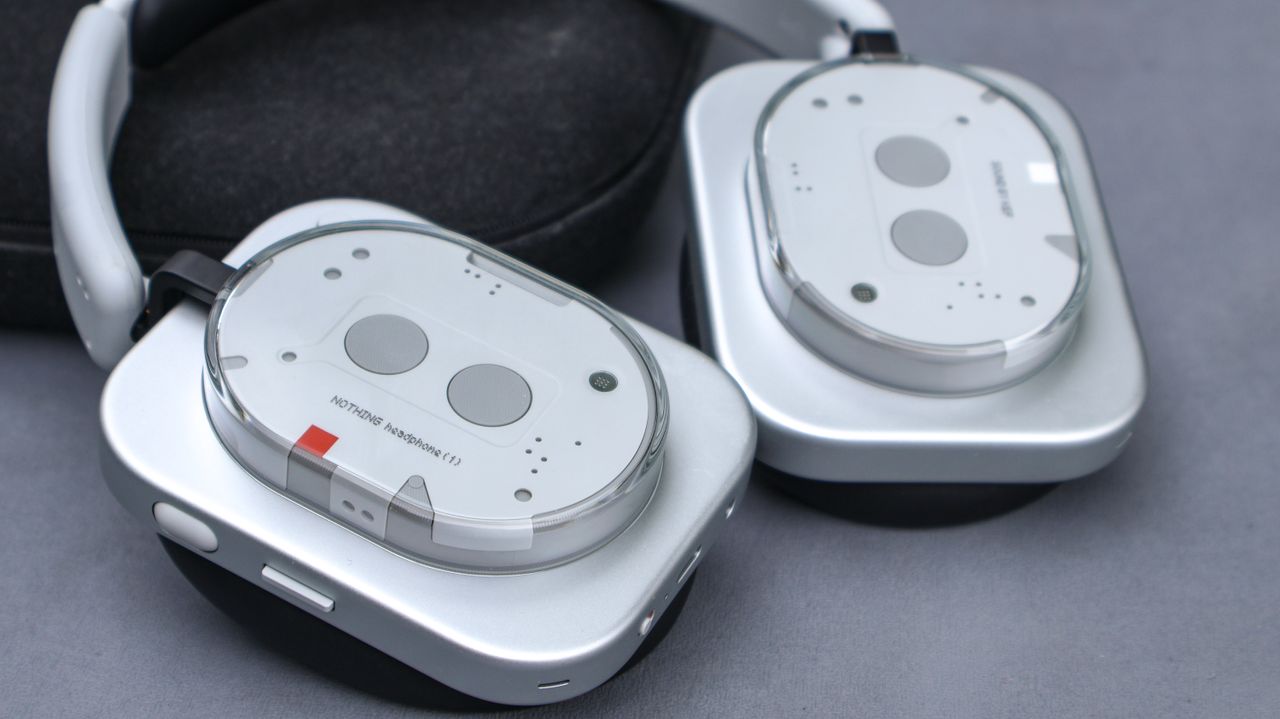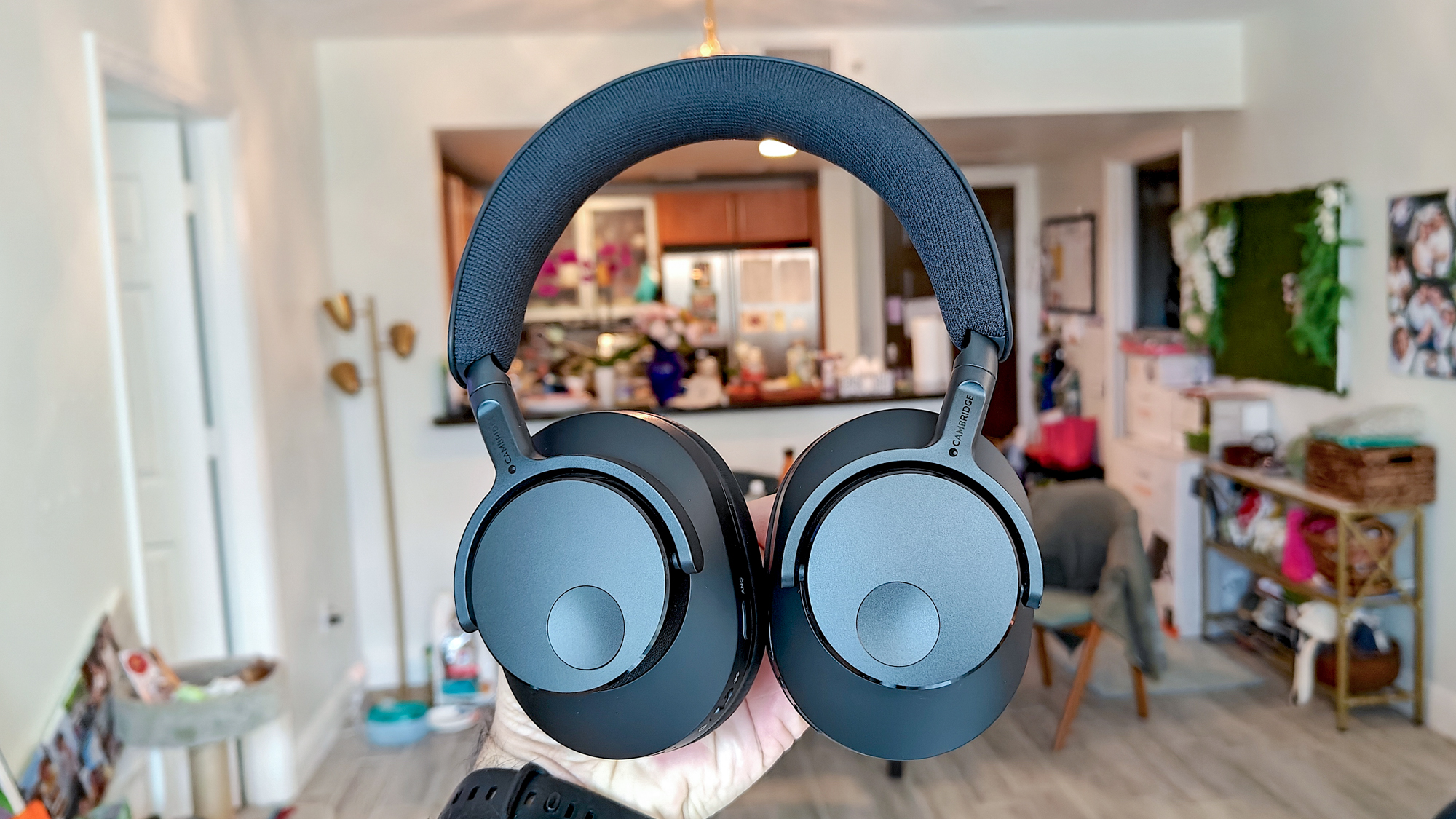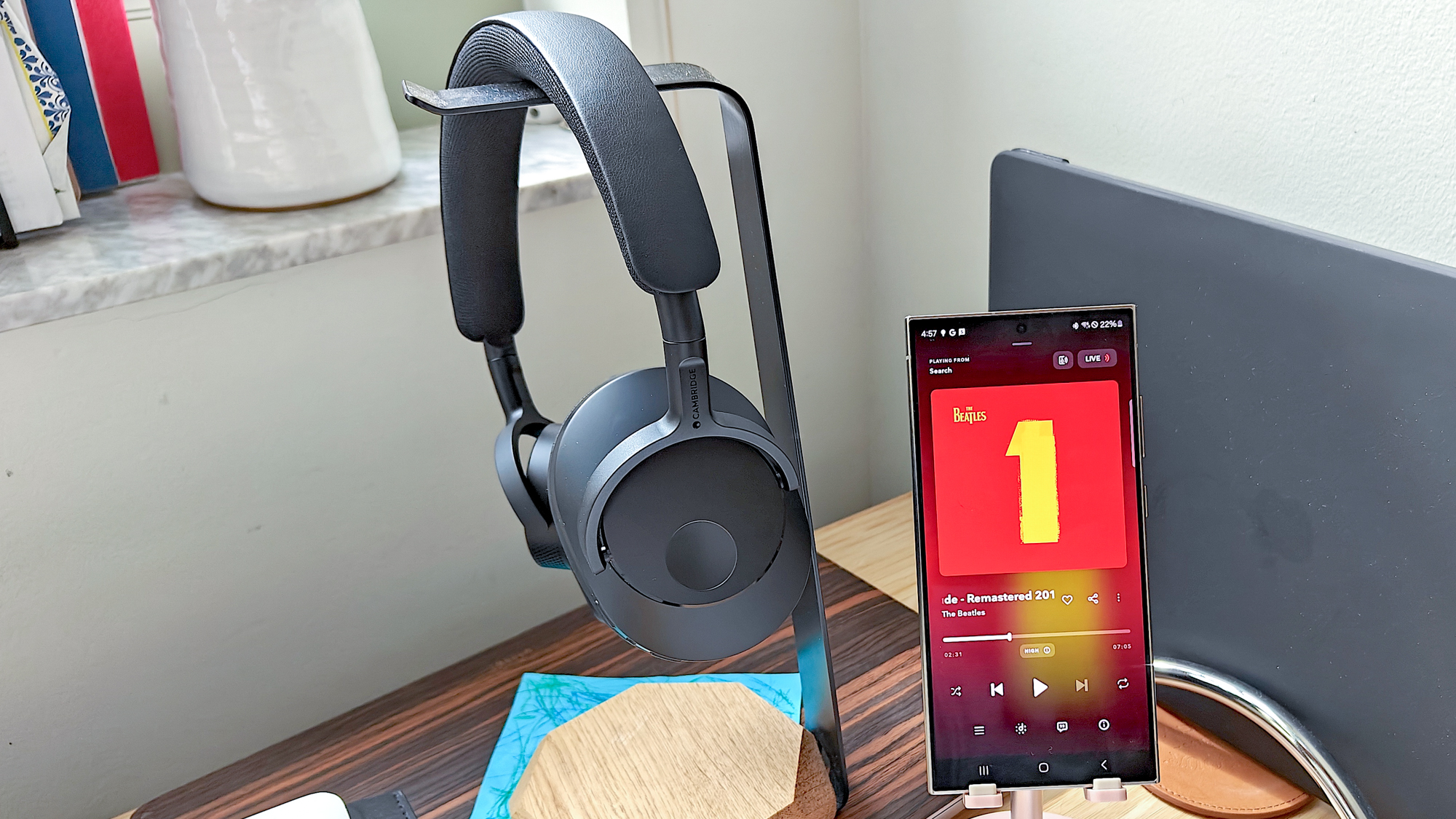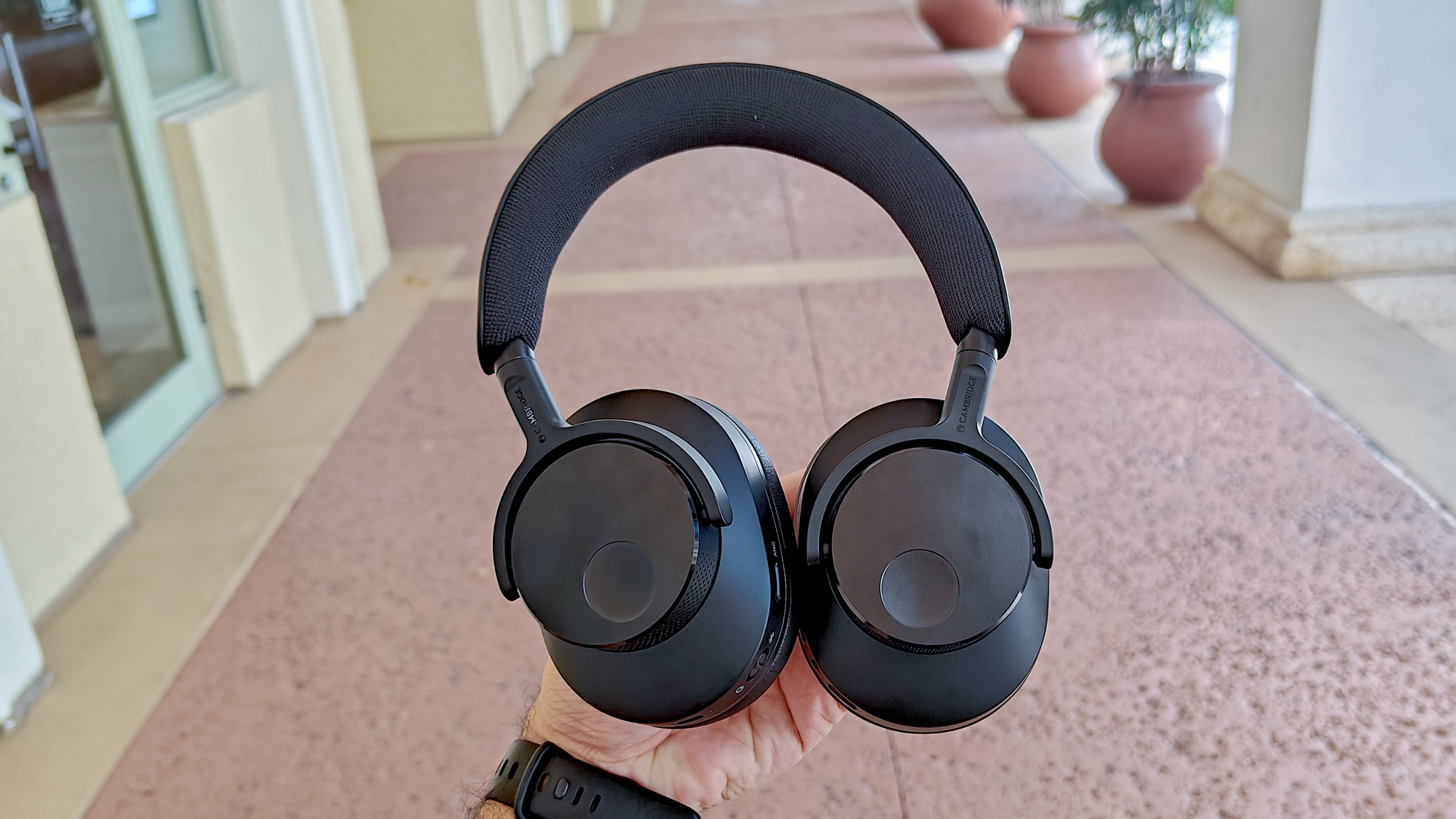
When I pulled the Nothing Headphone (1) from their box, I immediately noticed just how well-built and designed the headphones are. The quality metal earcups and intuitive physical controls could have made them a shoe-in for my favorite pair of headphones of 2025, and pose a threat to the best headphones you can buy. But sadly they fell down at what is, ultimately, the most important hurdle of all — sound quality.
I'd hoped they were going to sound good thanks to Nothing's partnership with KEF, but there were significant sonic issues that I noted in my Headphone (1) review. Any pair of headphones that effectively requires the use of an EQ isn't a good pair of headphones in my mind, given that general audiences don't understand their 100Hz from their 14KHz.
Thankfully, there's a pair of headphones in the $200-$299 price range that you should buy instead that outperforms the Nothing Headphone (1) in most metrics — the Cambridge Audio melomania P100. Here's why you should buy them instead.
A question of style

There's no denying that the Nothing Headphone (1) have a unique look. They're smothered in metal and transparent plastic, with their cassette motif shining through to get glances from everyone that's walking past.
If you're looking for a pair of headphones that shouts "look at me!" then the Headphone (1) are the headphones you're looking for.
If you're not looking to make as much of a statement and want something that looks solid without being louder than a piledriver on a building site, then the Melomania P100 might be more up your street.
They've got a clean, sleek look, but I really like their subtle design touches. The Cambridge Audio circle on the outside of the cans is a nice feature, and the shape of the earcups is good.
Build is similar to the Nothing Headphone (1) too. There's metal in these earcups, and they feel like they'd survive a brush with a Sherman tank. They're more comfortable in some ways as well especially if you've got ear piercings. They don't press on your lobes like the Headphone (1).
I like the look of both headphones, but while I'm happy that Nothing is shaking things up with the Headphone (1), I'd still go for the more understated style of the Cambridge Audio cans.
All the features you need

The Nothing Headphone (1), on paper, have more features than the Cambridge Audio Melomania P100. There's spatial audio and adaptive ANC, amongst others. In actuality, however, they're much closer than they seem on first inspection.
The spatial audio, as with many implementations, is worth leaving off. It thins out the sound of your music, and makes it sound like it's being played down a metal pipe. Worth avoiding.
Adaptive ANC sounds good, but I didn't find any battery gains on paper, and it actually made some things worse when it misread the environment. I just left it on max level whenever I needed ANC as a result — the same level available with the Melomania P100.
After that, the feature sets remain similar. There are strong EQ adjusters on both, and low-latency modes for gamers. USB-C audio can play Hi-res tracks with great bandwidth, although, as we'll find out later, you'll only want to use it with one pair of headphones.
Battery life heroes

The Cambridge Audio cans last 100 hours with the ANC off, and then 60 hours with the ANC on.
The Nothing Headphone (1) have good battery life. They'll last you for 35 hours with ANC on after a full charge, which rises to 80 hours when you turn the ANC off. That's more than the Sony WH-1000XM5 and the Bose QuietComfort Ultra Headphones — but much less than the Melomania P100.
The Cambridge Audio cans last 100 hours with the ANC off, and then 60 hours with the ANC on. That's a lot of battery, and I can attest to their battery life personally. I took them on a three-day camping trip, and didn't need to charge them once, despite using them to help me climb mountains and circumnavigate lakes. And then they got me home for the 6-hour drive.
Quick charge is similar on both models as well — a 5-minute quick charge gets you 4 hours with Cambridge Audio, while the Nothing cans manage 5 hours. If that's what $70 gets you, I'm not sure I'd bother with the more expensive option.
It all comes down to sound

There's no avoiding it. Despite working with renowned audio brand KEF, the Nothing Headphone (1) just don't sound all that good out of the box. They're far too dark, and need significant work in the EQ to make them sound decent. I certainly wasn't a fan of the way they sounded, and it lost them a whole star and a half in their review.
The Melomania P100 are one of the best-sounding pairs of headphones around — you'll have to spend hundreds more dollars to find something that sounds better.
Harsh? Perhaps, but when you consider how the cheaper competition sound, you'll understand why. The Melomania P100 are one of the best-sounding pairs of headphones around — you'll have to spend hundreds more dollars to find something that sounds better.
They are supremely well detailed, and the soundstage is extremely wide and involving. It places instruments very well, and makes for one of the best listening experiences you'll have this side of $450.
At the end of the day, headphones are all about how they sound. ANC is important, and both are good at it, but it's really all about the sound. And the Cambridge Audio Melomania P100 just sound better.
There's more to life than design

At the end of the day, it all comes down to what you value in a pair of headphones. But as far as I can tell, the Cambridge Audio smash the Nothing Headphone (1) in most metrics. Battery life, sound quality, price — Nothing leaves bloodied and bruised while Cambridge Audio shrugs off a volley of style points.
For my money I'd save $60 and buy the Melomania P100. They're just a better pair of headphones.
Follow Tom's Guide on Google News to get our up-to-date news, how-tos, and reviews in your feeds. Make sure to click the Follow button.







